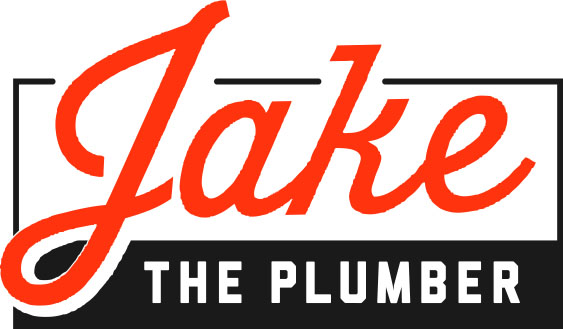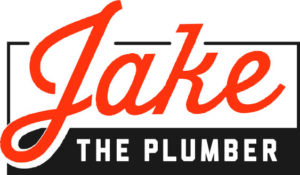As a homeowner, you’re probably well aware of the importance of knowing your way around your house. But have you ever taken the time to locate and understand the water supply shut-off valves for different areas of your home? These often-overlooked fixtures can be your best friend in times of plumbing emergencies, helping you prevent costly water damage. In this blog post, we’re going to walk you through the basics of locating, understanding, and testing shut-off valves in your home.
Locating Your Shut-Off Valves
Shut-off valves can be found at various strategic points throughout your home. Here’s where you’re most likely to encounter them:
- Main Water Shut-Off Valve: This valve is typically located near where the main water supply enters your home. It’s essential to know its location as it controls the water flow to your entire house. You’ll often find it in the basement, crawl space, or near the water meter.
- Fixture Shut-Off Valves: These valves control the water supply to individual fixtures like sinks, toilets, and appliances. They are usually located beneath or behind the fixture itself. Under sinks, you’ll find them in the cabinet, while toilets have a valve on the wall or floor behind them. Under your kitchen sink, you may have four (or more) shut offs: cold water, hot water, ice-maker, dishwasher.
- Water Heater Shut-Off Valve: Your water heater will have a shut-off valve that controls the water supply to it. This valve is crucial for maintenance or emergency situations involving your water heater.
Why It’s Important to Know Your Shut-Off Valves

Understanding the location of these valves is essential for several reasons:
Emergency Repairs: In case of a sudden plumbing issue like a burst pipe, you can quickly shut off the water supply, minimizing water damage and buying you time until professional help arrives.
Routine Maintenance: Shut-off valves are necessary when you need to perform routine maintenance or repairs on plumbing fixtures and appliances.
Water Conservation: Knowing how to shut off the water supply to individual fixtures allows you to make repairs without wasting water.
Different Kinds of Shut-Off Valves

Shut-off valves come in two main types:
- Gate Valves: These valves have a wheel-like handle and are common in older homes. Turning the handle clockwise closes the valve, stopping the water flow. However, gate valves can become stiff over time and may not seal properly.
- Ball Valves: Modern homes often use ball valves, recognized by their lever handles. These valves are reliable and easy to operate, with a quarter-turn of the handle shutting off the water flow completely.
Testing Your Shut-Off Valves
Regular monthly testing your shut-off valves is crucial to ensure they work when you need them. Here’s a simple process to follow:
Locate and identify the valve you want to test. Bathroom sinks will have two shut off valves – one for hot water, and one for cold water.
- Turn the valve clockwise (right) to shut off the water supply. For ball valves, a quarter turn will shut off the water.
- Open the faucet or fixture to confirm that the water flow has stopped completely.
- Turn the valve counterclockwise (left) to reopen it fully.
Check for any leaks around the valve or on the stem. If you notice any leaks, it’s time to replace the valve.
Knowing how to locate, understand, and test your shut-off valves is an essential skill for any homeowner. It can save you from costly water damage and plumbing emergencies while allowing you to perform routine maintenance with confidence. If you have any problems or leaks with your shut-off valves, or if the valve is frozen or hard to turn, don’t hesitate to contact Jake the Plumber for expert guidance and repairs.


